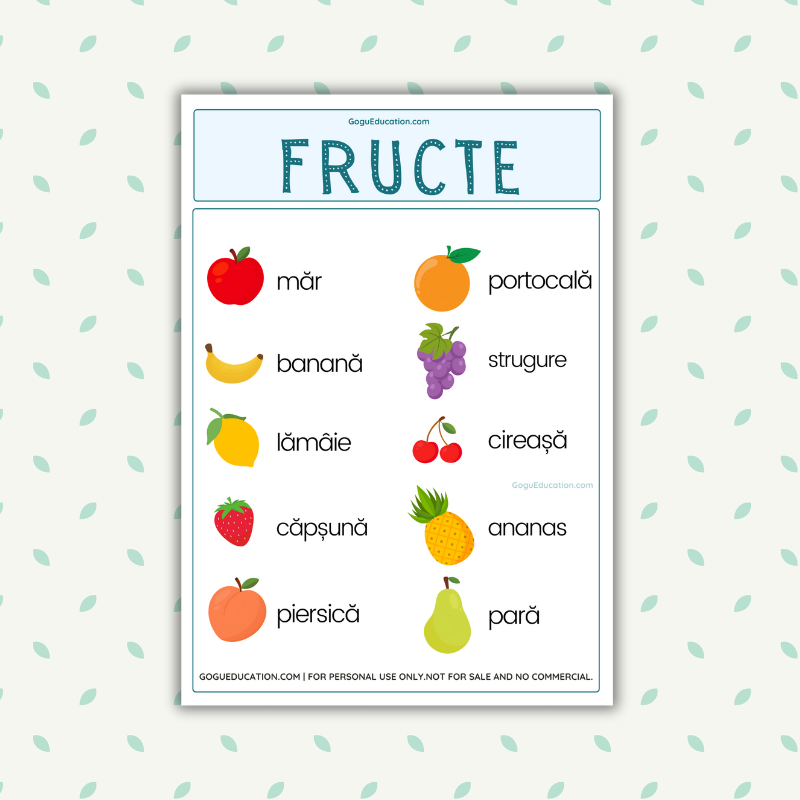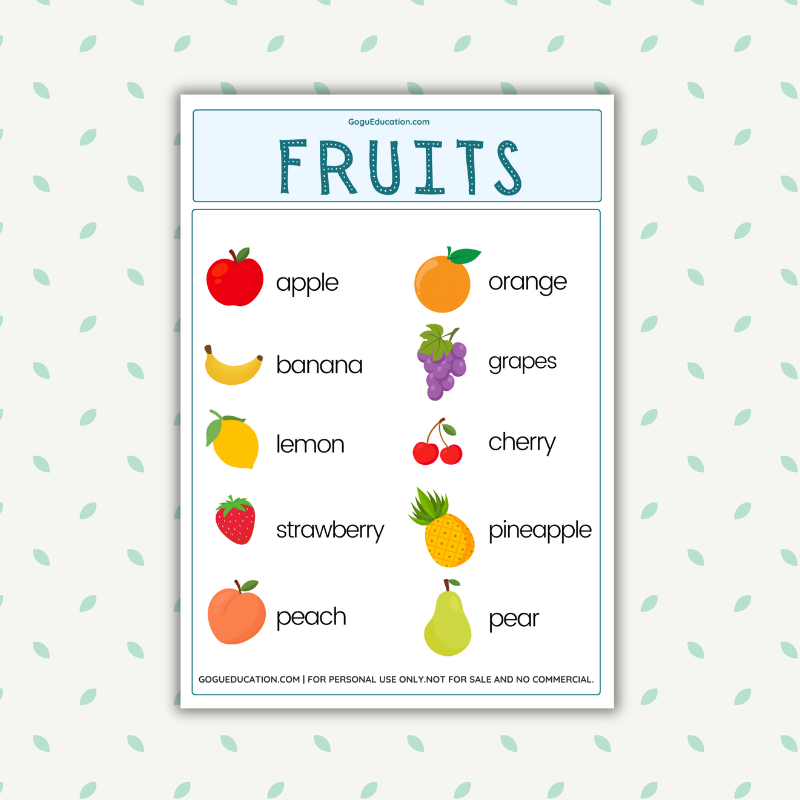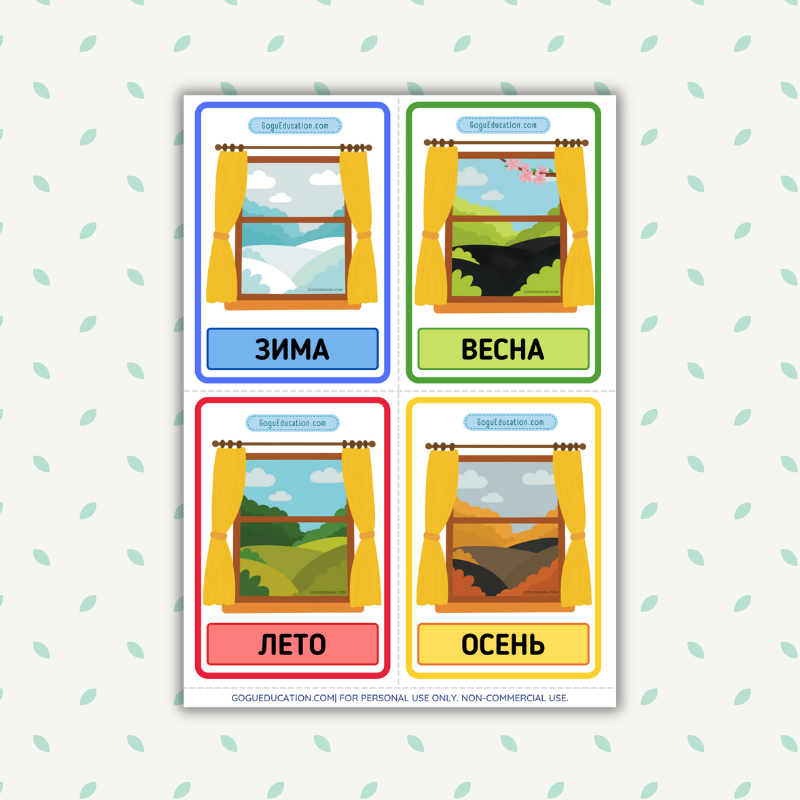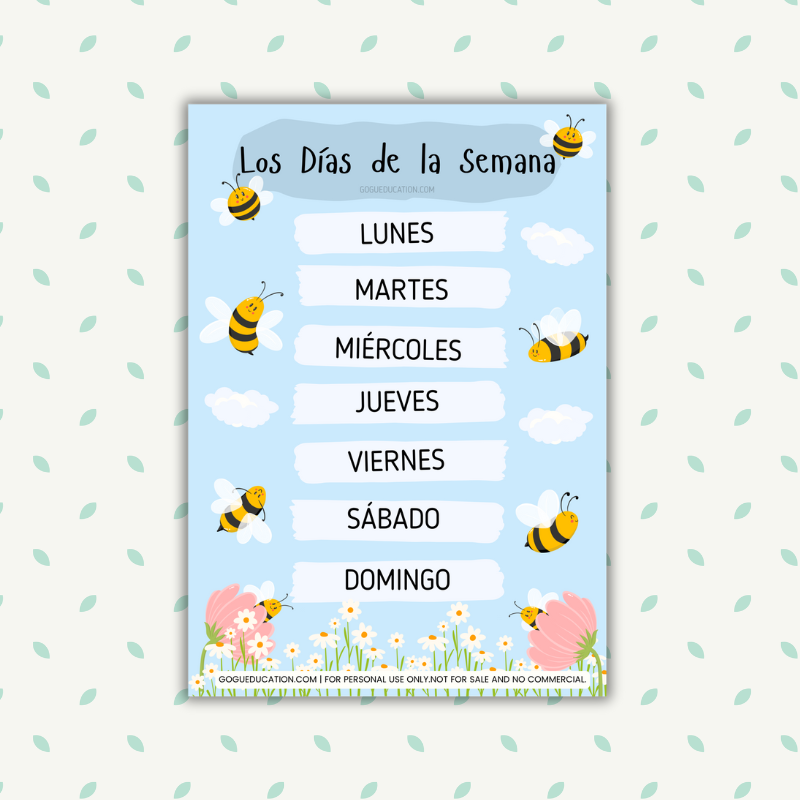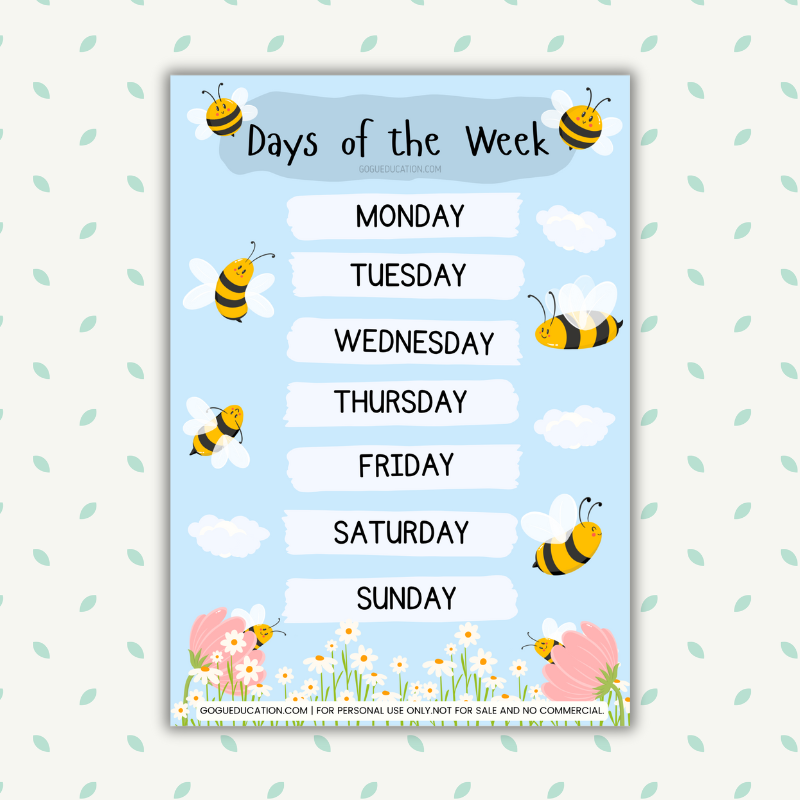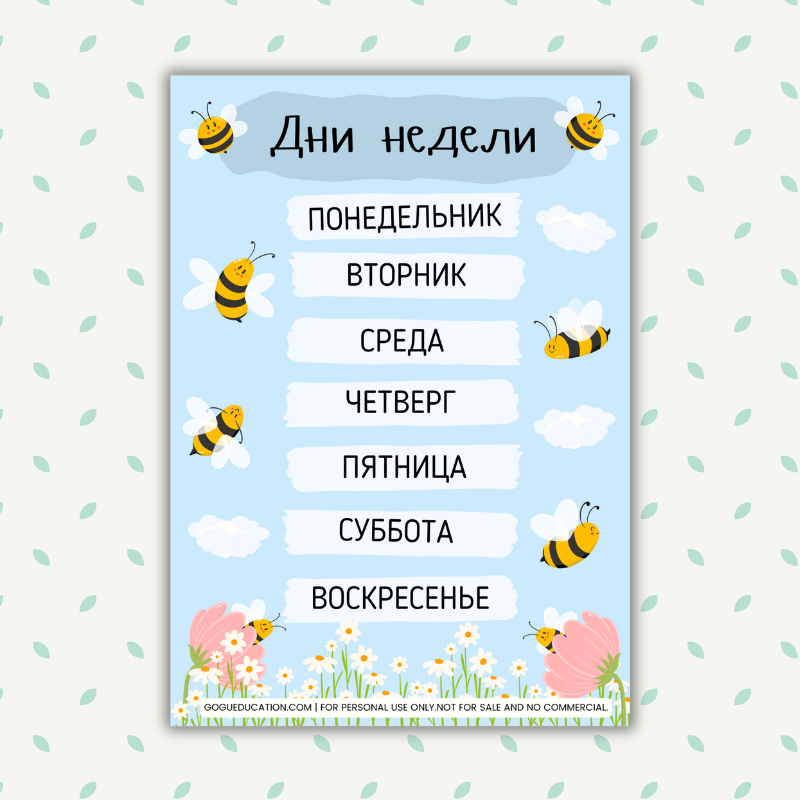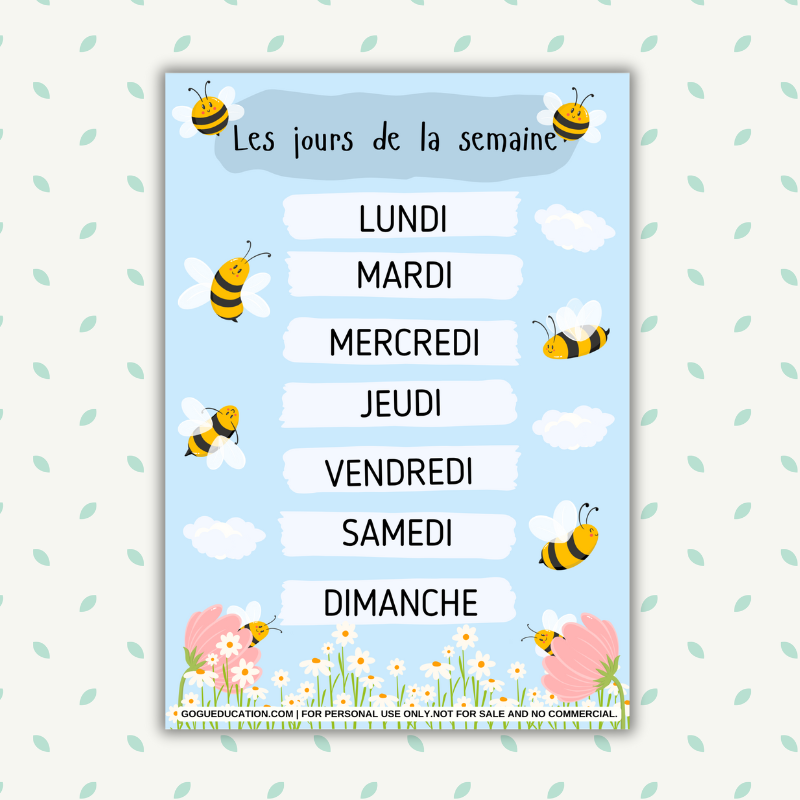Bienvenue! Learning the French alphabet opens up a world of poetry, literature, art, and cuisine. Whether you’re enjoying a croissant in a charming Parisian café, reading classic works by Victor Hugo, or savoring the sounds of Edith Piaf’s songs, understanding the French alphabet adds depth to your experience.
The French alphabet consists of 26 letters, just like the English alphabet. However, there are a few unique features and pronunciation quirks that make it distinctive and melodious.
a, b, c, d, e f, g, h, i, j, k, l, m, n, o ,p, q, r, s, t, u, v, w, x, y, z.
Accents: French uses five diacritical marks, or accents: é, è, ê, à, and û. These accents can change the pronunciation and meaning of words. For example, “é” sounds like the ‘ay’ in ‘day,’ while “è” sounds like the ‘e’ in ‘let.’
Cédille (Ç): The cedilla, or “ç,” appears under the letter “c” in words like “garçon.” It softens the “c” to sound like an “s” instead of a hard “k” sound.
Guttural Sounds: French has some unique guttural sounds, like “r.” It’s pronounced at the back of the throat and can be challenging for learners.
Guttural Sounds: French has some unique guttural sounds, like “r.” It’s pronounced at the back of the throat and can be challenging for learners.
Nasal Vowels: French is known for its nasal vowels. Letters like “an,” “en,” “in,” “on,” and “un” often sound nasalized.
Nasal Vowels: French is known for its nasal vowels. Letters like “an,” “en,” “in,” “on,” and “un” often sound nasalized.
Silent Letters: French is notorious for its silent letters. Letters like “h,” “t,” and sometimes even the final “e” are often not pronounced.
Liaisons: French has liaisons, where normally silent consonants are pronounced when followed by a vowel. For example, “petit arbre” is pronounced as “peti tarbre.”
Digraphs: French uses letter combinations like “ch,” “ou,” and “eu” to create unique sounds.
